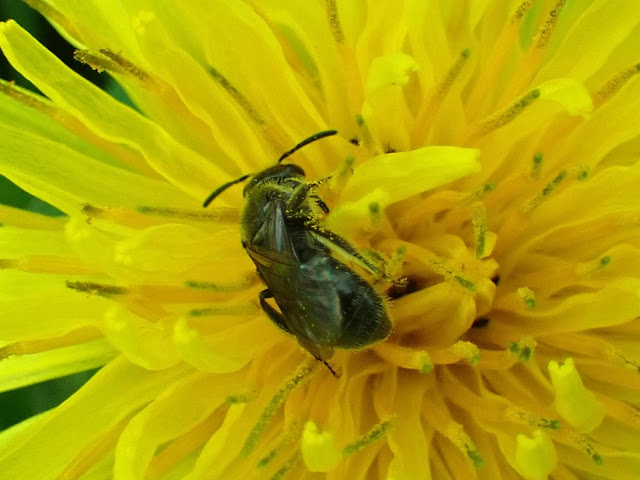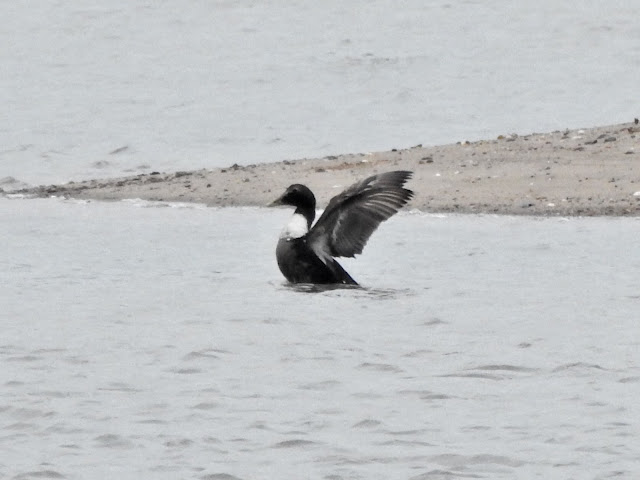A clear sunny day brought some overhead movement including single Red Kite and Buzzard east late morning with six Rook, two Meadow Pipit and a Jackdaw also over.
In the estuary an increase to 24 Sandwich Tern with other counts including 76 Curlew, 26 Turnstone, 14 Dark and 13 Pale-bellied Brent Geese, 13 Redshank, 10 Grey and two Ringed Plover, nine Eider, six Teal, five Greenshank, three Red-breasted Merganser, two Sanderling and a Bar-tailed Godwit.
Elsewhere a Red-throated Diver flew SW and nine Chiffchaff, three Blackcap and two Willow Warbler were on site.
Ringing News: A familiar and welcome sight, although more typical in autumn, was Sandwich Tern 'Red KDB'. This bird was ringed on passage at Ynyslas on the Dyfi Estuary in Wales on 13 Sep 2015. this is the ninth year in arow it has been recorded at the warren, first seen in 2016. it's breeding grounds remain unknown but it has been recorded wintering at Walvis Bay in Namibia.
A second regular bird, a Turnstone was also recorded. This metal-ringed bird was ringed at Halland, Nidingen in Sweden on 22 Aug 21 and is still present during at least its third winter on site.
Other Wildlife: A Grey Seal was hauled out on the new pontoon in the estuary. The sunshine saw a good emergence of Sand Crocus with some plants even still flowering after 3pm. The strength of the wind however reduced insect activity but the first Early Bumblebee queen of the year was on the wing. Also nectaring, largely on sallows or Alexanders, Common Carder Bee, a worker Buff-tailed Bumblebee, Hairy-footed Flower Bee and Yellow-legged Mining Bee with four species of hoverfly and an emergence of Bibio lanigerus.
Spotted Meliscaeva M. auricollis egg-laying on Tree Lupin, an important aphid source - Kevin Rylands
Sheltering under driftwood and stones a wide range of species including a flat backed millipede Polydesmus angustus, Ant Woodlouse Platyarthrus hoffmannseggii and Sea Beet Weevil Lixus scabricollis.
Ant Woodlouse - Kevin Rylands
















%20180324.jpg)

%20180324.JPG)





%20with%20bibio%20johannis%20130324.jpg)


%20110324.JPG)












